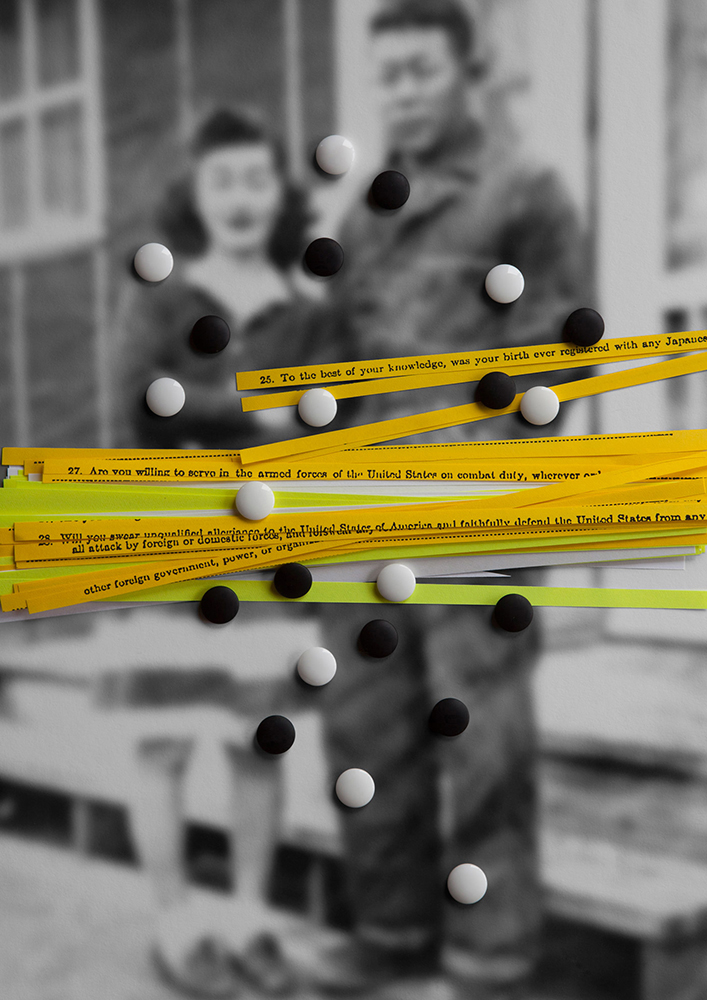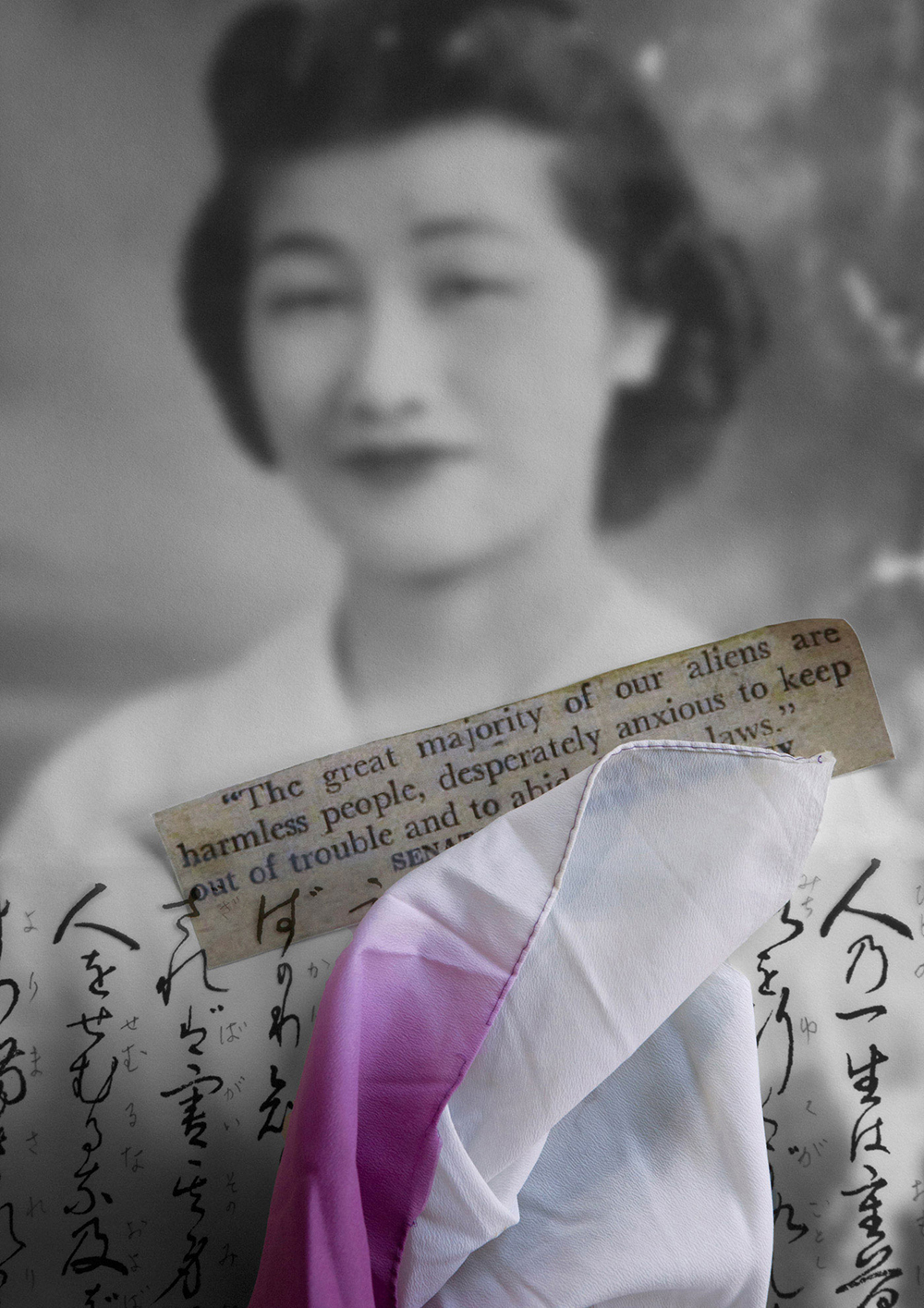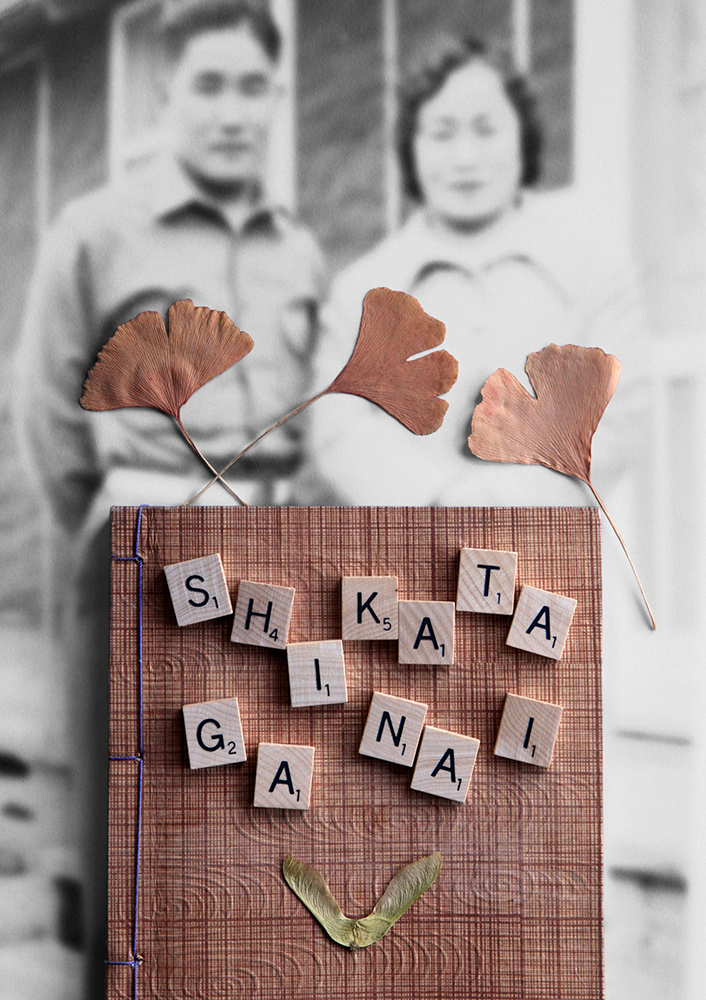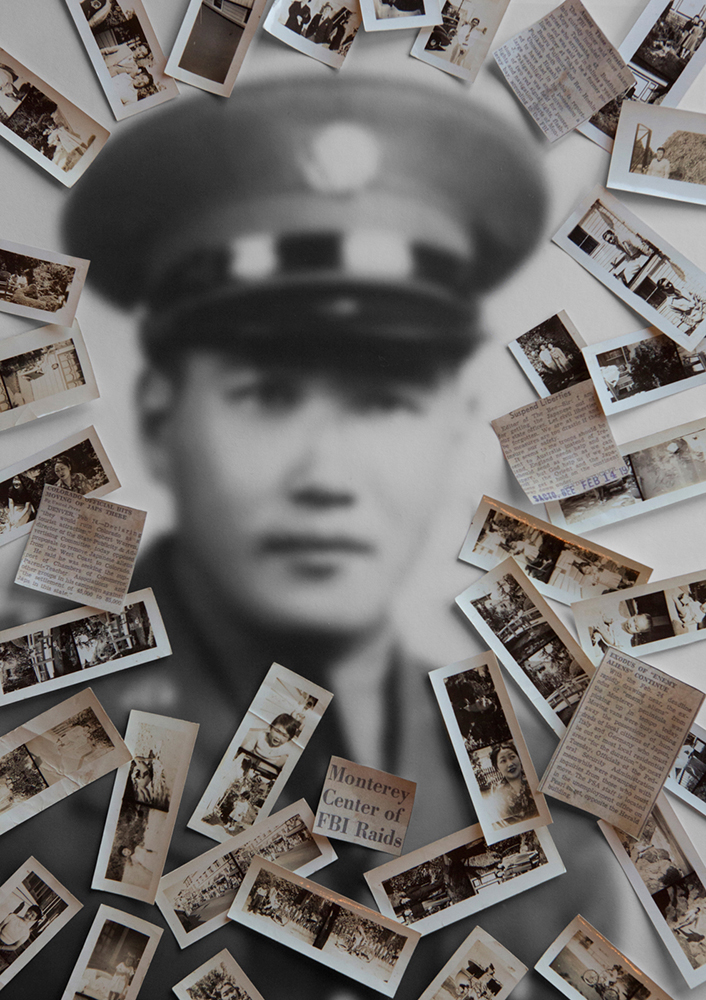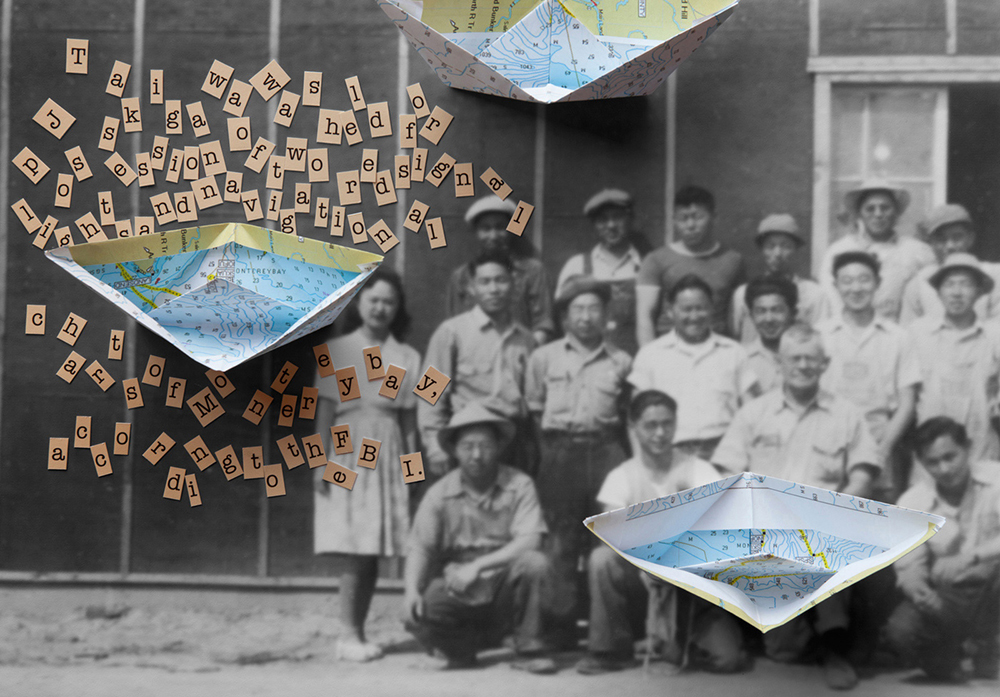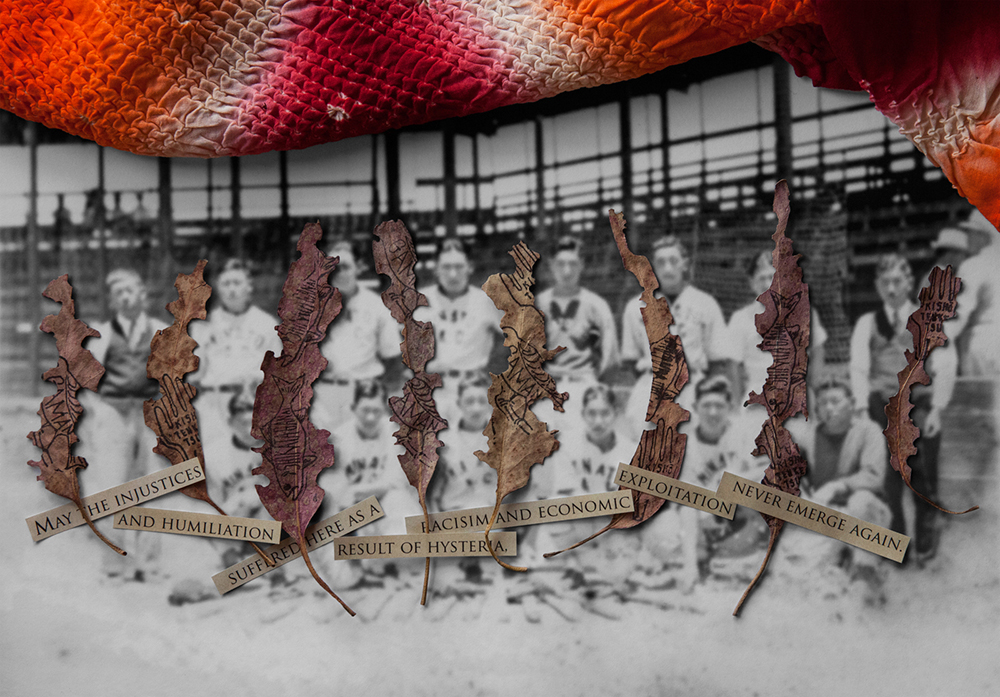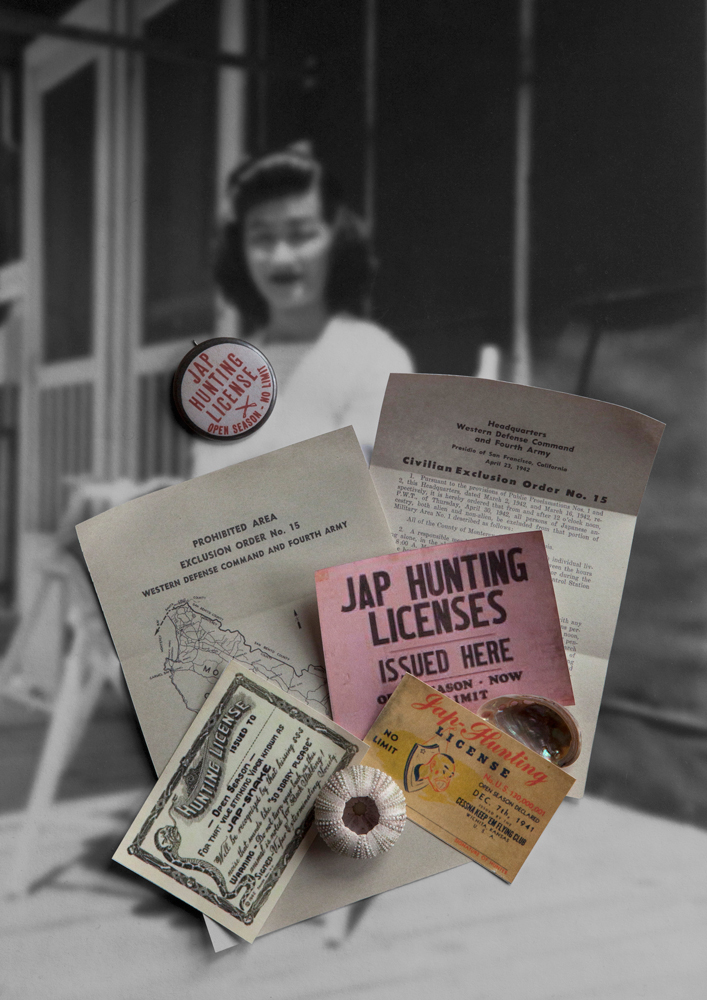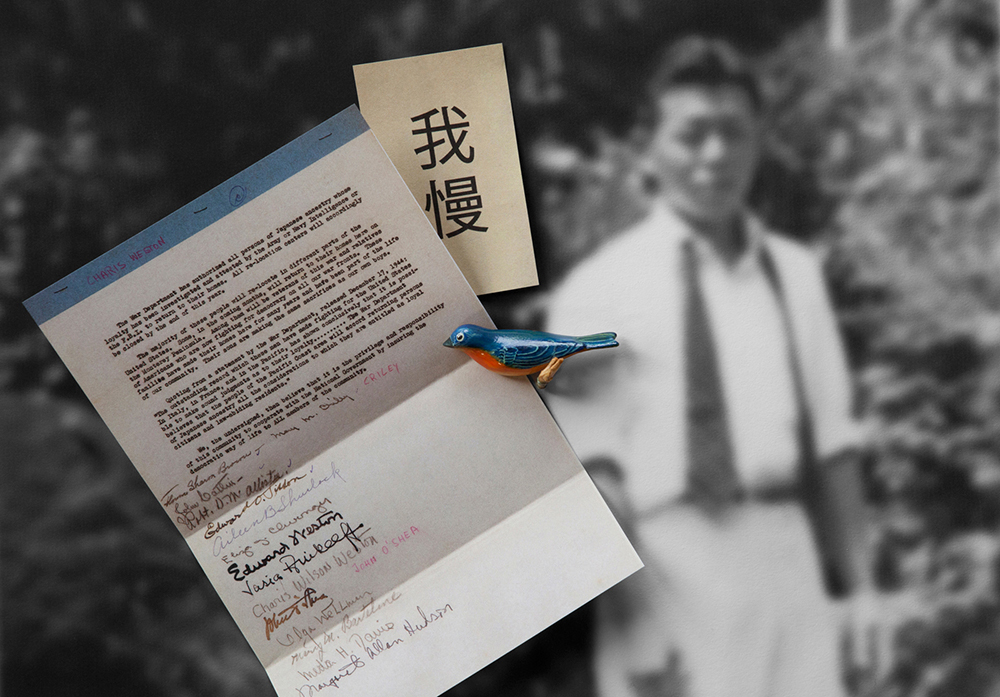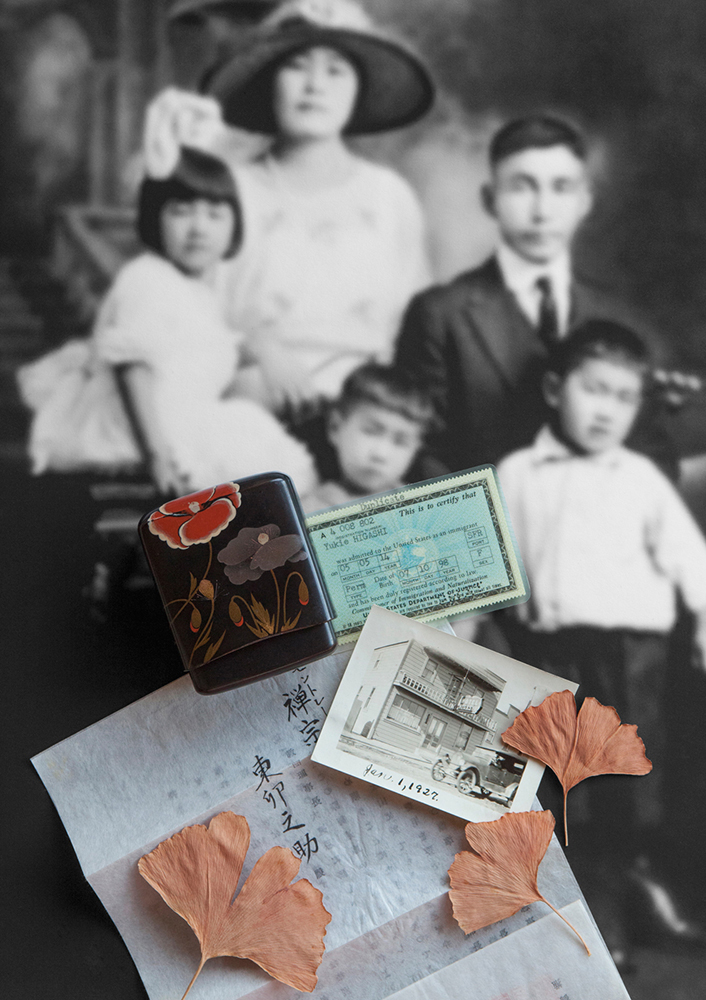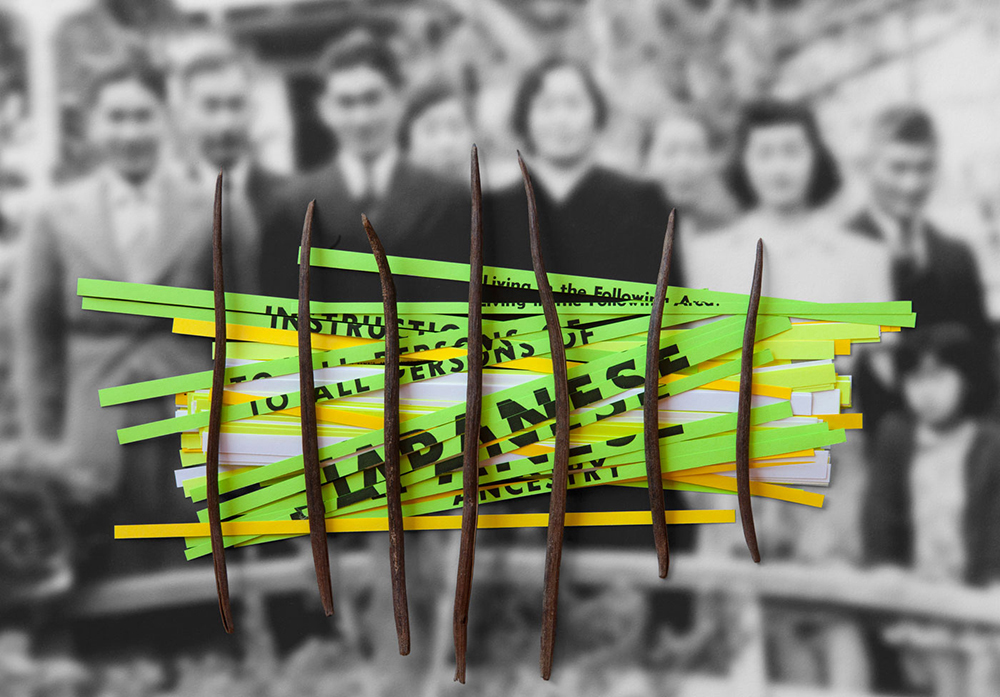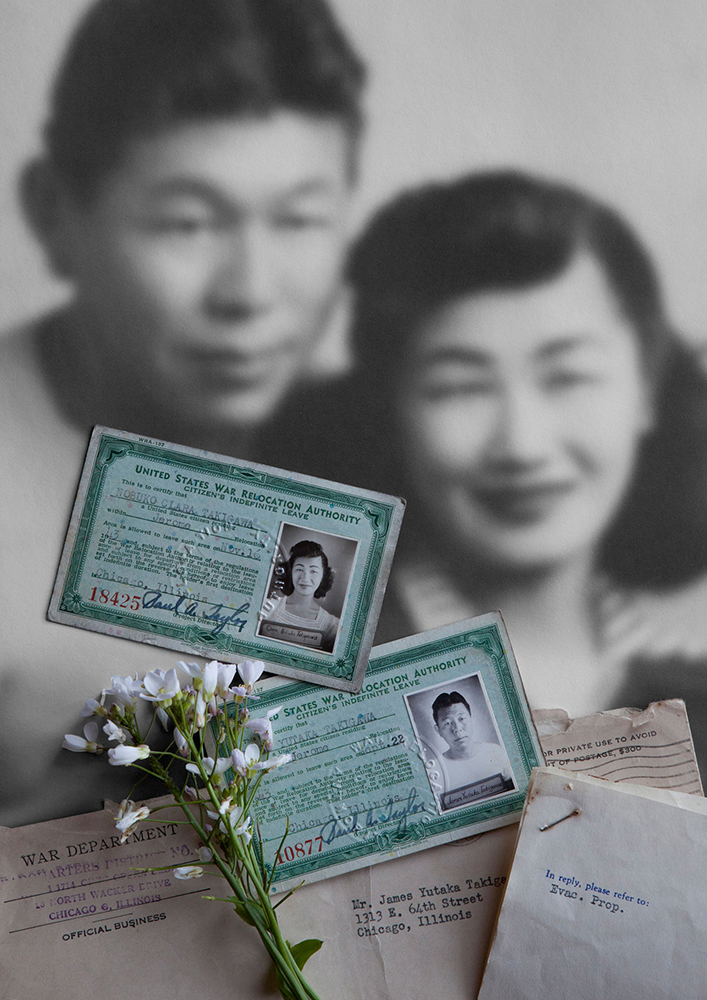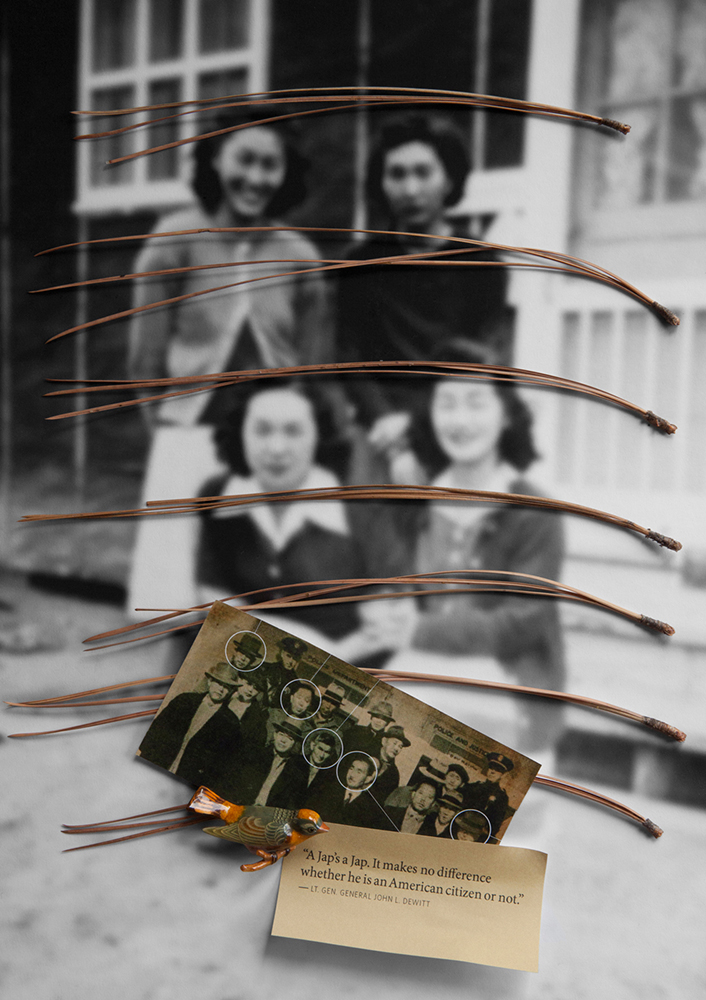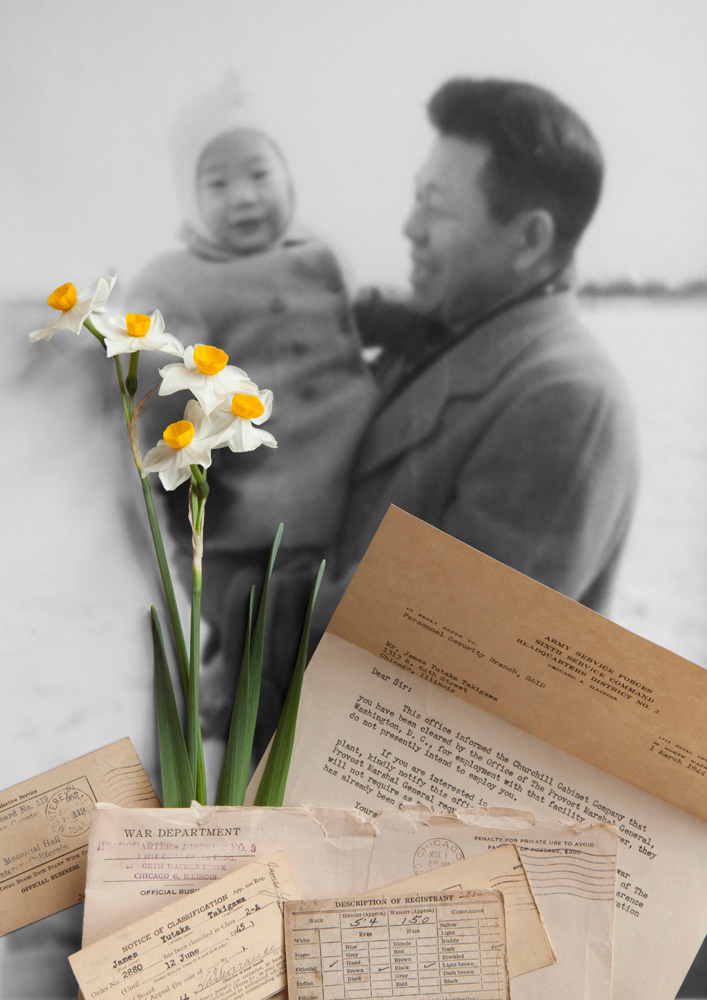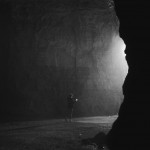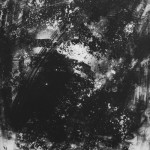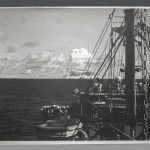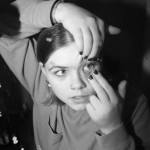CENTER’s Curator’s Choice Award First Place Winner: Jerry Takigawa
Congratulations to Jerry Takigawa for his first place selection in CENTER’s Curator’s Choice Awards for his project, Balancing Cultures. The Choice Awards recognize outstanding photographers working in all processes and subject matter and the winners receive recognition via exhibition, publication, admission to Review Santa Fe portfolio reviews and more.
Juror Lisa Hostetler, PhD, Curator-in-Charge, George Eastman Museum shared her thoughts on her selections:
As usual with CENTER awards, there were a number of strong submissions that made selecting the finalists difficult. The ones that I chose seemed to me to be the most effective combinations of concept and form; in other words, the idea for the project and its execution were equally matched in quality and originality. It was a coincidence that the three projects all had to do with the role that photographs play in constructing ethnic, political, and national history, but the fact that materiality is an important factor in each is not. Although images on screens are increasingly important in today’s culture (and, I believe, valid as an art form), my knowing that works by the photographers would be exhibited in physical space drove me to pay particular attention to the submitters’ notes about the images’ final form. I felt that the finalists had a solid vision about the presentation of their work, as well as its concept and images.
“Balancing Cultures,” the project I chose for first place, combines family photographs and memorabilia with images of signage and ephemera related to the internment of Japanese Americans during World War II. The works are poignant meditations on the intertwining of personal and political history during a particularly grim era in our country’s past. Given the force of rhetoric about immigration and ethnicity in today’s public discourse, the project is a timely argument for an open and humane approach to nationality and citizenship.
Lisa Hostetler, PhD, Curator-in-Charge, George Eastman Museum
Prior to the Eastman Museum she was the McEvoy Family Curator of Photography at the Smithsonian American Art Museum and curator of photography at the Milwaukee Art Museum for seven years. Before her position in Milwaukee, Hostetler was a research associate in the photography department at the Met.
Jerry Takigawa is an independent photographer, designer, and writer. He is a co-founder and creative force behind the Center for Photographic Art’s PIE Labs. He received the Imogen Cunningham Award in 1982, the Clarence J. Laughlin Award in 2017, and CENTER’s Curator’s Choice Award in 2018. His work is in the permanent collections of the San Francisco Museum of Modern Art, the Brooklyn Museum, the Crocker Art Museum, the Santa Barbara Museum of Art, the Library of Congress, and the Monterey Museum of Art. He studied photography with Don Worth at San Francisco State University and received a degree in art with an emphasis in painting. He is a past president of People in Communication Arts, Monterey, CA, and the Center for Photographic Art, Carmel, CA, and is a former trustee of the Monterey Museum of Art. Takigawa lives and works in Carmel Valley, California.
Balancing Cultures
To better understand my affinity to paradox, I was compelled to examine my past. I began working with family photographs, combined with text-based artifacts, to express a long silenced family story through simple in-camera photographs. My fearful anticipation of working with images dealing with WWII incarceration was borne out in the emotions that were exposed. Balancing Cultures evolved to prompt conversations about racism, hysteria and economic exploitation in America. I came to understand my family’s (and my own) shame and to believe that our culture’s inability to live with paradox resulted in perilous polarities.
In 1942, Executive Order 9066 brought untold distress to all Japanese Americans living on the west coast. My family experienced the economic loss of property, the shame and indignation of incarceration, and the task of re-integration into American society after release from the WWII concentration camps. How did the Japanese Americans resolve such a travesty of justice? They have a saying for this—shikata ga nai—it cannot be helped. But there is another saying—gaman—persevere and stay silent, that distinguished the tolerance of their losses.
The polarities we see today are caused by an inability to live with diversity. The intent of this project is to commemorate my unheard family story and bring its kindred feelings to light through art. Balancing Cultures posits accepting paradox as an essential ingredient for a balanced life. It speaks to the wholeness of an inclusive “both/and” model of living and encourages a tolerant and plural tomorrow—the only positive tomorrow possible. – Jerry Takigawa,
Posts on Lenscratch may not be reproduced without the permission of the Lenscratch staff and the photographer.
Recommended
-
The International Women in Photo Association Awards: Lorraine Turci: The Resilience of the CrowMarch 16th, 2024
-
The International Women in Photo Awards: Natalia Garbu: Moldova LookbookMarch 15th, 2024
-
The International Women in Photo Association Awards: Rayito Flores Pelcastre: Chirping of CricketsMarch 14th, 2024
-
The International Women in Photo Association Awards: Alena Grom: Stolen SpringMarch 13th, 2024
-
The International Women in Photo Association Awards: Louise Amelie: What Does Migration Mean for those who Stay BehindMarch 12th, 2024

